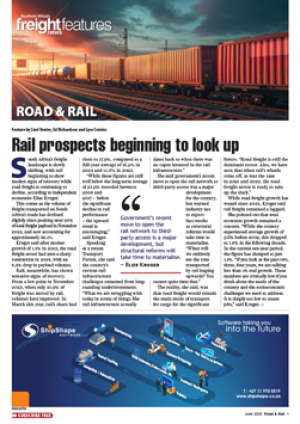In the current environment, fleet managers are expected to wear a lot of hats, especially those managing small fleets and working with reduced budgets and resources.
But, says Karl Weber, senior vice president of enterprise sales and marketing for Derive Systems, there are ways small fleets can make gains in productivity to improve their operations and reduce operational expenses.
“When it comes to fleet management it is important to understand that you can’t manage what you can’t measure. And you can’t know if you’re meeting goals if you don’t set any.” Making improvements, however, is as dependent on data capturing and using today’s technology as it is on streamlining everyday processes.
Speaking during a recent webinar, Weber said the five most common – and probably biggest – fleet challenges were fuel usage and costs, driver fatigue, accidents, productivity and high operational costs. “Recent studies have shown that driver fatigue was a factor in 13% of large truck crashes, while 9% of fatal truck driver crashes were due to drivers not wearing a seat belt. Most operations have productivity challenges and both large and small fleets report turnover rates above 70%,” he said.
According to Weber, a platform approach is proving to be the best solution to many of these challenges.
“This approach is a combination or a mix of engine calibration, telematics and active vehicle management,” he said. “Telematics is beneficial for GPS tracking, geofencing, driver scorecards and maintenance, for example, but does have a drawback as it requires a lot of data analysis, driver training and driver management to effect change in an operation.”
The new platform approach enabled some of these shortcomings to be addressed, said Weber.“By combining telematics with engine optimisation – where your fleet’s vehicles are calibrated to use fuel more efficiently or to stop certain driver behaviour like speeding – one can already gain benefits. A further combination with active vehicle management takes it up a notch.”
Using fuel inefficiency as an example, Weber said contributing factors included extended idling, speeding, harsh acceleration and braking, older vehicles, fuel theft, poor routes and missed preventative maintenance.
“Instead of just using one solution, far better results can be achieved using the platform. Through calibrations you can lower the idle RPM so that fleets that idle for extended periods of time use less fuel, introduce better shifting, and install speed limiters to stop speeding. Using telematics one can manage driver behaviour, install idle alerts, plan more efficient routes and introduce better vehicle optimisation, track fuel use and fill ups as well as schedule regular preventative maintenance of vehicles,” he said.
“Active vehicle management, in turn, can solve fuel inefficiency by reducing in-cab distractions. Harsh acceleration and harsh braking are two things to keep a close watch on as they are often symptoms of distracted driving. By reducing the number of distractions one can remove the unwanted behaviours, also improving fuel efficiency.”
INSERT: "Recent studies have shown that driver fatigue was a factor in 13% of large truck crashes." – Karl Weber

